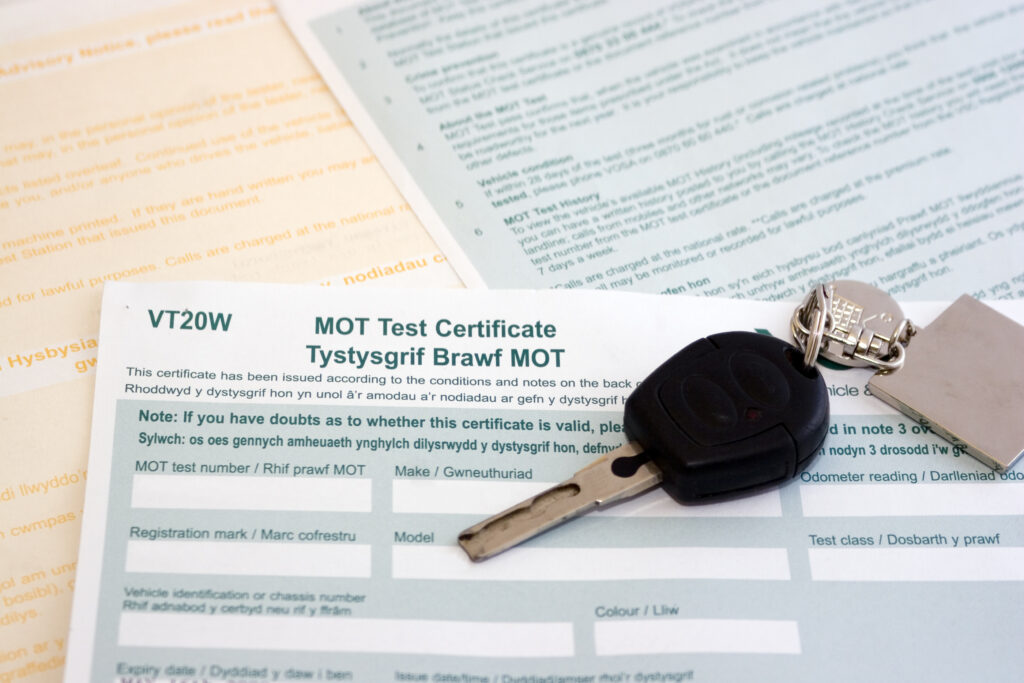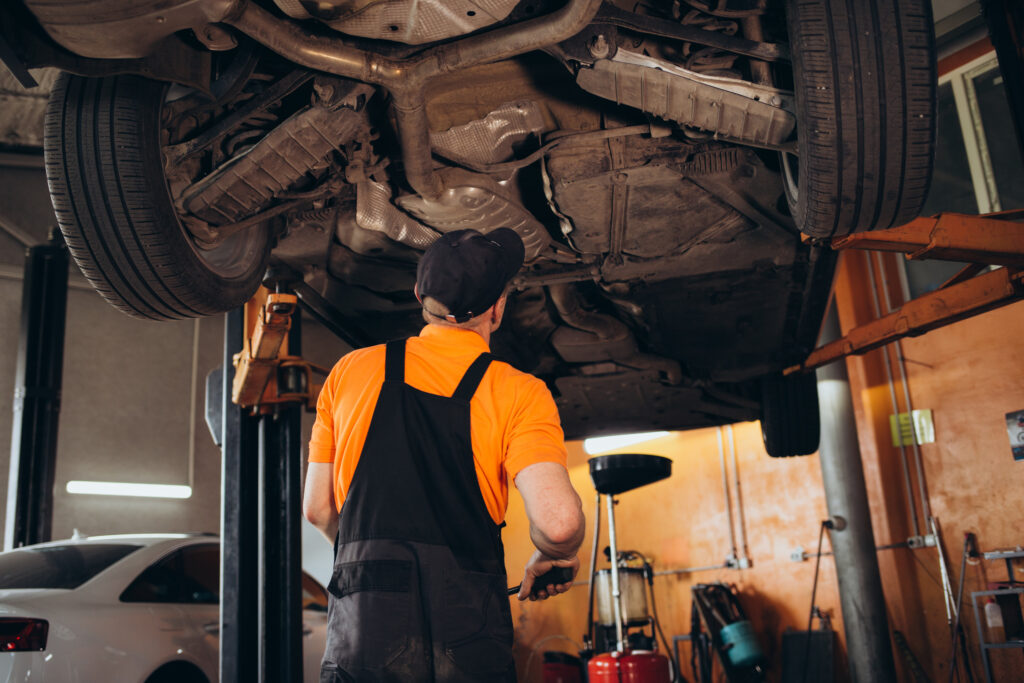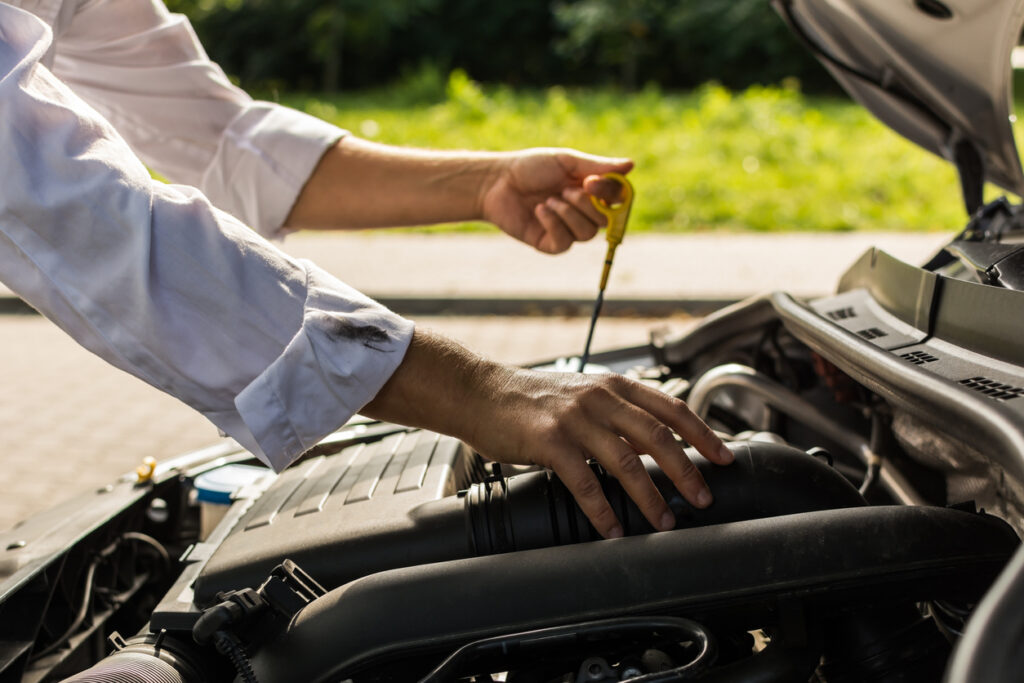The amount of emissions your car produces isn’t just about saving the planet. It can mean the difference between a pass and fail on your MOT, with high emissions being classed as a ‘major’ fault.
Since changes were made to the UK MOT back in May 2018, millions of cars have failed the test due to new and more stringent emissions regulations. Indeed, in 2021 alone, a record 1.3 million cars failed the MOT due to high exhaust emissions, putting into perspective the massive problem this has become for many motorists.
So, if your MOT’s due soon, it’s good to be aware of the emissions portion of the test and how you can give your car the best chance of passing. This guide will cover the key details you need to know about MOT emissions testing and some of the measures you can implement to score a green tick on the test certificate.
Blog Sign Up
"*" indicates required fields
Why Do MOTs Include Emissions Tests?
MOT emissions testing rules have been tightened in recent years to reflect growing concerns about the link between air pollution and exhaust emissions.
As you know, the MOT is all about assessing a vehicle’s overall safety and integrity. Since there are proven links between air pollution and public health, it makes sense that emissions are checked as part of a vehicle’s annual roadworthiness test.
An emissions test counts the number of harmful particles present in exhaust fumes. MOT examiners insert a probe into the exhaust tailpipe while the engine is running, allowing them to take a reading of the volume of poisonous gases and hydrocarbons present in the fumes.
The ‘quality’ of a vehicle’s exhaust gases is graded in ‘Lambda’, which is a calculated measurement. If there are a huge number of hydrocarbons or the Lambda value is not within the correct range, a car is likely to fail its MOT.
Why Are More Cars Failing the MOT Test?
Back in May 2018, the UK’s standard MOT underwent a drastic overhaul as part of the EU Roadworthiness Package, with tighter regulations seeing cars submitted to a new set of failure and defect categories. Some of the biggest MOT test changes were made to the emissions portion of the test, with stricter rules in place to penalise cars which don’t meet the emissions criteria.
Diesel car drivers have felt the impact of the new MOT emissions rules more than most, with legislation in place to reduce harmful emissions from this type of engine. Greater scrutiny is now placed on the health of diesel engines, including visible tailpipe emissions (smoke), the engine management warning light, and the diesel particulate filter (DPF).
Petrol cars didn’t escape MOT test changes either. Now, cars that emit oily or blue smoke for over five seconds can receive a ‘major’ fault on the MOT test, which is classified as a fail.
What Are the Rules on MOT Test Emissions?
Here are the rules on MOT test emissions you need to know:
- Your car must not have visible smoke coming from the exhaust
- Your car must not exceed the emissions restrictions for diesel or petrol engines
- Your car’s DPF must not have been tampered with or removed
- Your car must not display an engine management light, which signals a problem with the emissions system and DPF
In most cases, issues affecting a car’s emissions are treated as ‘major’ or ‘dangerous’ under new MOT test guidelines – meaning your car will fail the test. The government has taken a tough stance on emissions to align with its carbon-reduction targets.
Here’s a look at the new MOT defect categories, introduced in May 2018:
| Defect Category | Defect Description | Test Result |
| Minor | No significant effect on the safety of the vehicle or impact on the environment. | Pass – Fault should be repaired as soon as possible. |
| Major | May affect the vehicle’s safety, put other road users at risk, or have an impact on the environment. Most emissions issues fall into this category. | Fail – Repair immediately. The car can be driven home, but should only be used again for driving to the rescheduled test. |
| Dangerous | Direct and immediate risk to road safety or poses a serious impact on the environment. | Fail – The car cannot be driven until it has been repaired. |
How to Reduce Your Car’s Emissions for an MOT
Failing your MOT can be inconvenient, costly, and frustrating, so it’s always worth checking and preparing your car beforehand to give yourself the best chance of passing. The question is, is there anything you can do to reduce your car’s emissions before an MOT to stand a better chance of sailing through this section of the test?
But cleaning inside your fuel system and keeping it working as efficiently as possible is crucial, especially when you’re preparing your car for its MOT. Our new Pre-MOT product gives a deep clean to lower your emissions which may help you pass first time.
Let’s take a look.
Regular Servicing and Maintenance
Dangerous exhaust emissions aren’t a given and usually develop because of poor engine health and inadequate maintenance. For instance, if you fail to service your car once a year, undiagnosed problems and poor oil quality can lead to an increase in exhaust fume toxicity, simply because the engine isn’t running as efficiently as it could be.
Servicing your car at least once a year should give you the peace of mind that the engine is running as efficiently, cleanly, and safely as possible.
Fix Underlying Issues
If you know there’s an issue with your car that could be affecting performance and efficiency, it’s better to get it fixed ahead of your next MOT. That way emissions will hopefully have returned to normal levels, giving you a better chance of getting through this portion of the test.
There are lots of issues that can cause a spike in exhaust fume toxicity, from blocked air filters and faulty exhausts to old engine oil, spark plug problems, and defective oxygen sensors. Such problems can cause symptoms like black exhaust smoke and reduced fuel economy and power output, so if you notice any of these tell-tale signs, consider getting things diagnosed before your next MOT.
Cleaning Your Fuel System
Good maintenance practices and regular servicing will help to keep your emissions down, but cleaning inside your fuel system and keeping it working as efficiently as possible is also crucial – especially when you’re preparing your car for its MOT.
Our new pre-MOT Emissions Reducer for petrol and diesel gives a deep clean to lower your emissions which may help you pass first time. Using our super-strength fuel system cleaner in the run-up to your test will:
- Reduce exhaust emissions
- Restore engine performance
- Improve the life of the engine
- Can help your car pass its MOT
Like all Redex fuel additives, Redex Emissions Reducer can be added to your car through the fuel filler cap. The bottle’s unique shape allows you to add the right amount, and from there, the product will circulate through the fuel system and engine as you drive – removing particles and cleaning components to ensure your car’s emissions are as they should be.
As well as Redex Emissions Reducer, you can also use Redex System Cleaners as a long-term solution for keeping your car’s emissions in check. Available for both petrol and diesel cars, our standard fuel system cleaners can provide the following benefits when used on a long-term basis:
| Redex Petrol System Cleaner | Redex Diesel System Cleaner |
|
● Removes harmful deposits from your car’s fuel injectors for optimal combustion ● Advanced formula ● Complete system clean ● Can help your car pass its MOT with long-term use |
● Quickly cleans and clears particles from your diesel fuel system ● Advanced formula ● Complete system clean ● Helps your car pass its MOT with long-term use |
Check out our blog for more motoring news and advice, or to learn more about our innovative fuel system cleaners and additives, visit the Redex homepage today.




